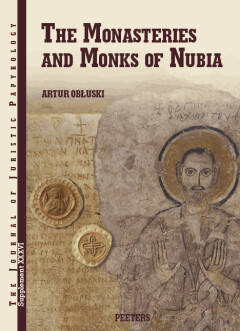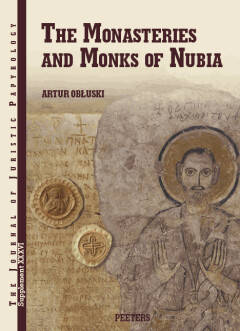
- Retrait gratuit dans votre magasin Club
- 7.000.000 titres dans notre catalogue
- Payer en toute sécurité
- Toujours un magasin près de chez vous
- Retrait gratuit dans votre magasin Club
- 7.000.000 titres dans notre catalogue
- Payer en toute sécurité
- Toujours un magasin près de chez vous
Description
The aim of this book is to present the material record of Nubian monasticism in a systematic manner and to conduct a comparative analysis of this phenomenon. This book also addresses several fundamental issues, for instance the presence of various forms of monasticism (hermitages, laurae and coenobitic monasteries) in Nubia and their spatial organisation. The source base for reconstructing the monastic movement in Nubia, or rather life in individual monasteries, is largely archaeological and epigraphic. Looking beyond Nubia is motivated not only by the desire to find reference points in centres that influenced the formation of the Nubian civilisation, but also because such parallels are indispensable for the interpretation of archaeological finds. One of the fundamental questions posed repeatedly in this book concerns the models that inspired the creators of monastic communities in Nubia. The geographic arguments point primarily to Egypt, but other regions of the Late Antique East should not be ruled out prematurely. We have, for instance, sound evidence for Syrian influence on the culture of Christian Nubia, especially liturgy. Also Constantinople, a core region of the Eastern Mediterranean and the imperial capital, must be considered as a possible source of inspiration. Thus far, attempts to characterise Nubian monasticism in a synthetic manner have taken the form of short articles limited mostly to discussion of architectural features. In addition, with the notable exception of Adam ?ajtar's ad-hoc publications spurred by the emergence of new evidence, no study published to date collects and discusses the various titles associated with the monastic milieu, investigating who stood at the head of coenobitic communities, what their internal organisation was like, and how the monastic, ecclesiastical and spiritual hierarchies were intertwined. Another area in need of investigation is the relationship between Nubian monks and society, including the roles they played in lay communities and whether they really 'abandoned' the world at large. The book seeks to determine whether the Nubian elites perceived monastics as a threat to their dominant position in the social hierarchy, or rather collaborated with monks, taking advantage of the fact that monasteries offered human resources with highly esteemed and useful skills that proved helpful, if not indispensable, in managing non-monastic communities ranging from individual settlements to the state.
Spécifications
Parties prenantes
- Auteur(s) :
- Editeur:
Contenu
- Nombre de pages :
- 436
- Langue:
- Anglais
- Collection :
- Tome:
- n° 36
Caractéristiques
- EAN:
- 9789042948181
- Date de parution :
- 23-06-22
- Format:
- Livre relié
- Format numérique:
- Genaaid
- Dimensions :
- 170 mm x 230 mm
- Poids :
- 5025 g







